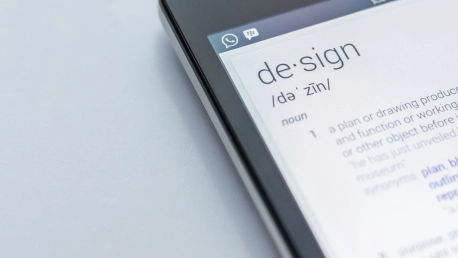The Federal Trade Commission (FTC) has been scrutinizing the intersection of web design and data privacy, notably highlighted at PrivacyCon 2024. The event highlighted the burgeoning emphasis on integrating consumer data protection within website interfaces. This ongoing trend is a response to the increasing number of data privacy rules that require redefining online information architecture. In today’s digital age, obtaining user consent and maintaining transparency has become paramount. Thus, enterprises are now leveraging website design beyond mere aesthetics; it’s evolving into a crucial tool for adhering to privacy regulations. The convergence of UI design and privacy not only enhances user experience but is also an essential facet of legal compliance in the digital realm.
The Regulatory Spotlight
The FTC’s increased scrutiny signals a recognition of the power that web design holds in guiding user behavior and, by extension, the management of personal data. Regulators are pressing for greater accountability, emphasizing that the placement of privacy notifications, the clarity of consent mechanisms, and the ease of navigating data preferences are not just design considerations but regulatory imperatives. This perspective takes aim at misleading ‘dark patterns’—design elements that can manipulate users into unintended consent—which are becoming increasingly unacceptable under heightened regulatory watch. Companies are now expected to carefully evaluate their UI choices to ensure these align with genuine consent and the empowerment of users in their data choices.
Designing for Compliance and Clarity
In the modern digital landscape, the intertwining of legal compliance with design thinking is critical. Privacy-focused design is now crucial to limit risks and build user trust, with web designs needing to simplify complex legalities into digestible user interfaces. As the FTC scrutinizes how UI impacts data policy adherence, it’s clear that privacy settings must be intuitively woven into web infrastructure.Collaboration between legal and design teams is essential to integrate privacy from the outset of the user experience. Future web design must do more than look good—it must also be legally compliant and ethically clear. As companies navigate data protection and user-friendly design, they’re tasked with creating interfaces that transparently and fluidly guide users through privacy options. This is part of a larger trend that values designs which are not just visually appealing but align with legal and ethical standards.









